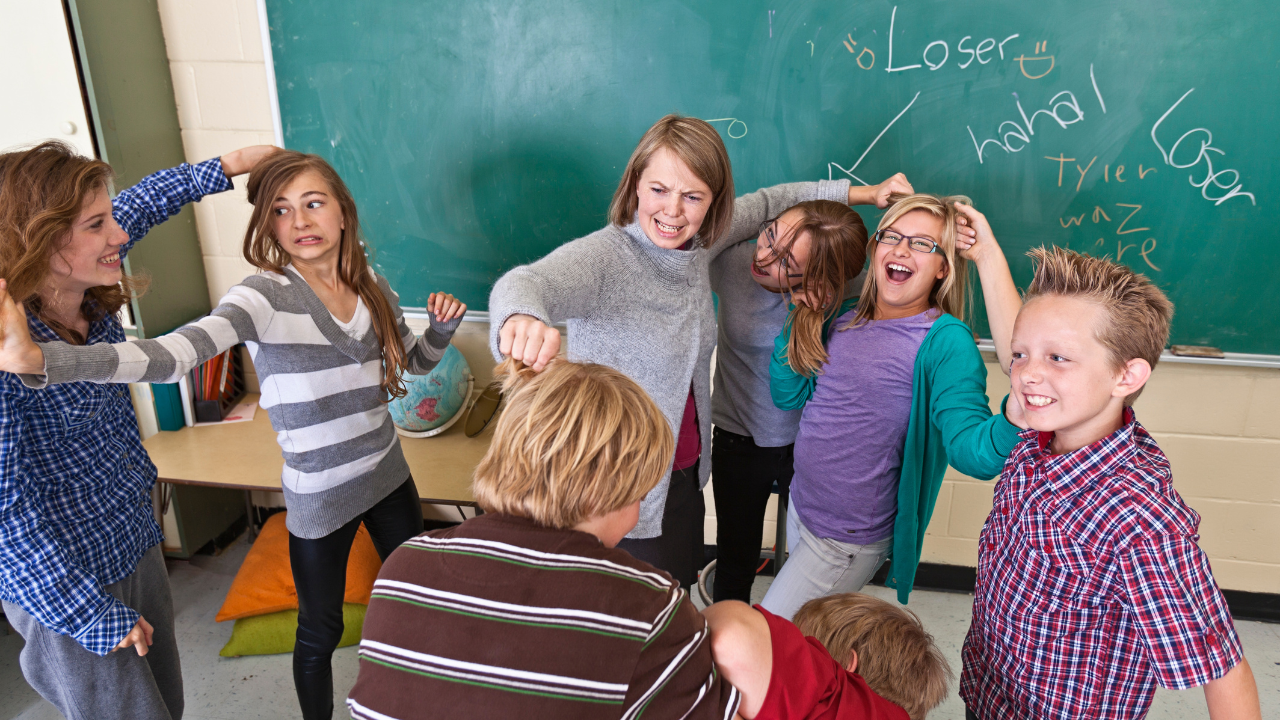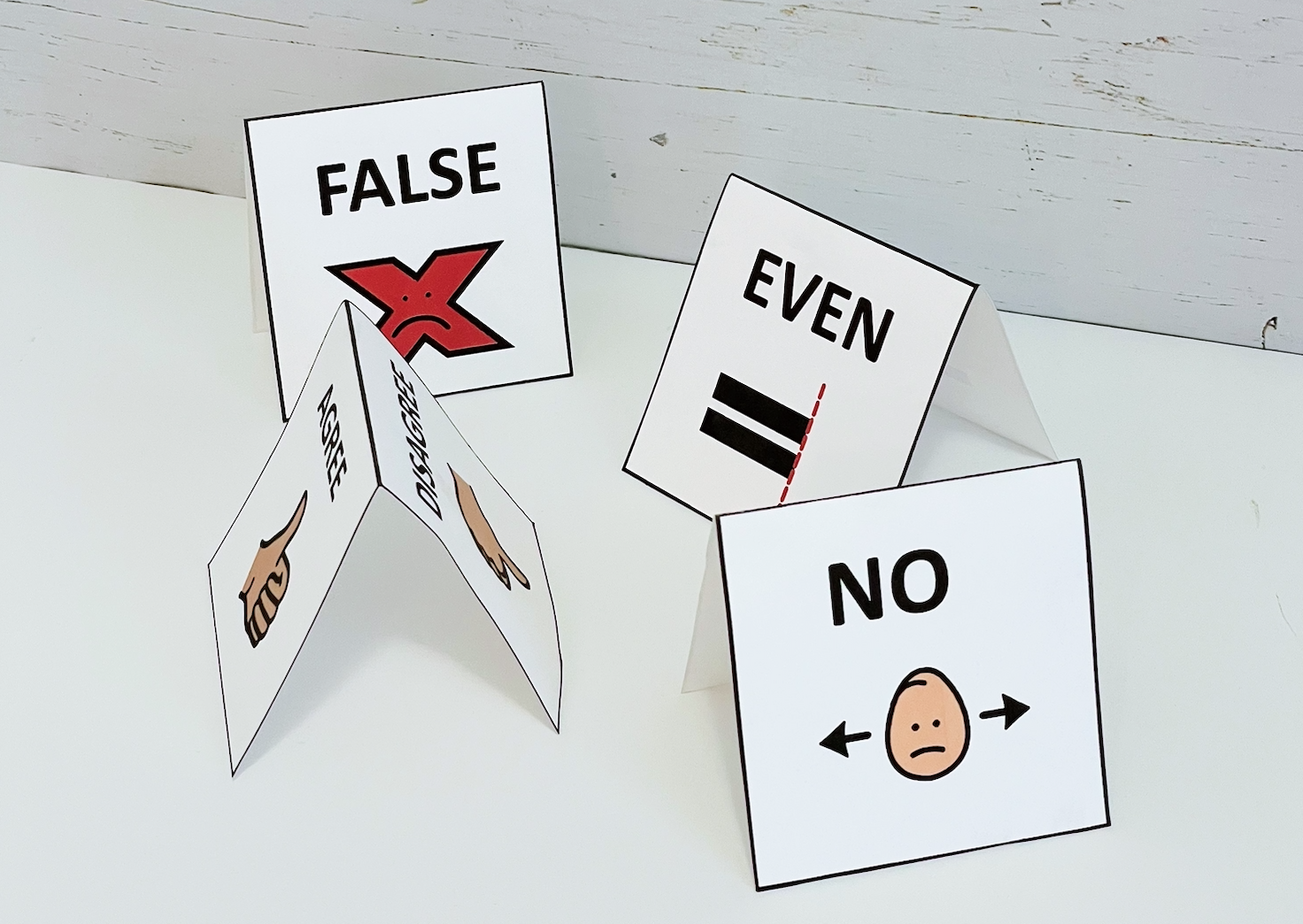Students Off-Task During Your Lessons? Here's One Thing You Should be Doing.

You're not but two minutes into your guided reading lesson and your students start to looking around the room. You give them "the look" but keep going. Thirty seconds later Johnny is up and running around the room, Sally is making faces at Stewart, and Kate is climbing the furniture (true story here). You have no choice but to stop your lesson and attempt to intervene. The rest of this class sits patiently (or not) awaiting for you wrangle the crowd. Twenty minutes later and you're still only partially through your lesson. Sound familiar?
Student disruption during instructional time is one of the most common problems teachers face. You're responsible for providing a set amount of instructional time for literacy, math, etc., but rarely do we hear teachers sailing through the curriculum without interruption. We get it! We’ve been there and it’s a lot of work!
Lack of engagement is one of the top reasons we see students find other things to do during lessons. And during times of high stress it can be especially easy to put the blame on the student(s) who aren't attending. “They need to behave.” “They need to just sit still and follow expectations.” But, who really wants to sit through a forty five-minute lesson without interacting with the content? It is not solely the job of the students to engage, but rather our job as the educator to engage them.
“But I can't create these crazy engaging lessons! I just don't have time for that!”
Pause for a second...
Which classroom do you think has less disruptive behaviors when it comes to instructional time?
Classroom A: teacher lectures for 20 minutes only calling on a few students one at a time.
Classroom B: teacher leads a lesson for 20 minutes, but incorporates many opportunities to respond via active student responding. Students are not only raising their hands, but working in pairs, moving about the room, holding up cards, responding with whiteboards, and more.
Nobody has time to create off-the-chart lessons. And guess what? You shouldn’t have to. Many times we are following a scripted curriculum anyway. We aren’t talking about dancing on the table and pulling out all the stops. What we are talking about is implementing a simple, evidence-based strategy called Opportunities to Respond (OTR). When you provide an opportunity to respond to instruction, you should be doing so via Active Student Response (ASR) methods.

ASRs can come in many forms: whiteboards, response cards, four corners, turn and talk, think-pair-share, thumbs up/down, movement-based responses, the list is endless!
Break up your instruction by posing prompts and questions and having students respond via a pre-determined method (see above examples).
Let’s take those twenty minutes you're trying to get the class under control during reading, and let’s use ten of them on the front-end to plan ways our students can actively engage with the content. Ample amounts of research support this teacher-level strategy when it comes to preventing challenging behavior during instructional time period. One of our favorite reasons why we love ASRs is because they are incompatible with problem behavior (unless your student is extremely creative). It's very difficult to be engaging in off-task behavior while appropriately participating at the the same time. It's either one or the other. And, if the way you are implementing ASRs the way they are intended, your students are likely to engage in the latter.
Now, this is only one of the many antecedent-based strategies to utilize to prevent challenging behavior, but the great thing is, it applies to all students at the universal level. Creating ways for your students to actively respond to instruction shouldn’t be stressful, costly, or time-consuming – nor should any intervention for that matter! This is one of the BEST, most effective strategies at keeping on-task behavior at a maximum and disruptive behavior at a minimum.




